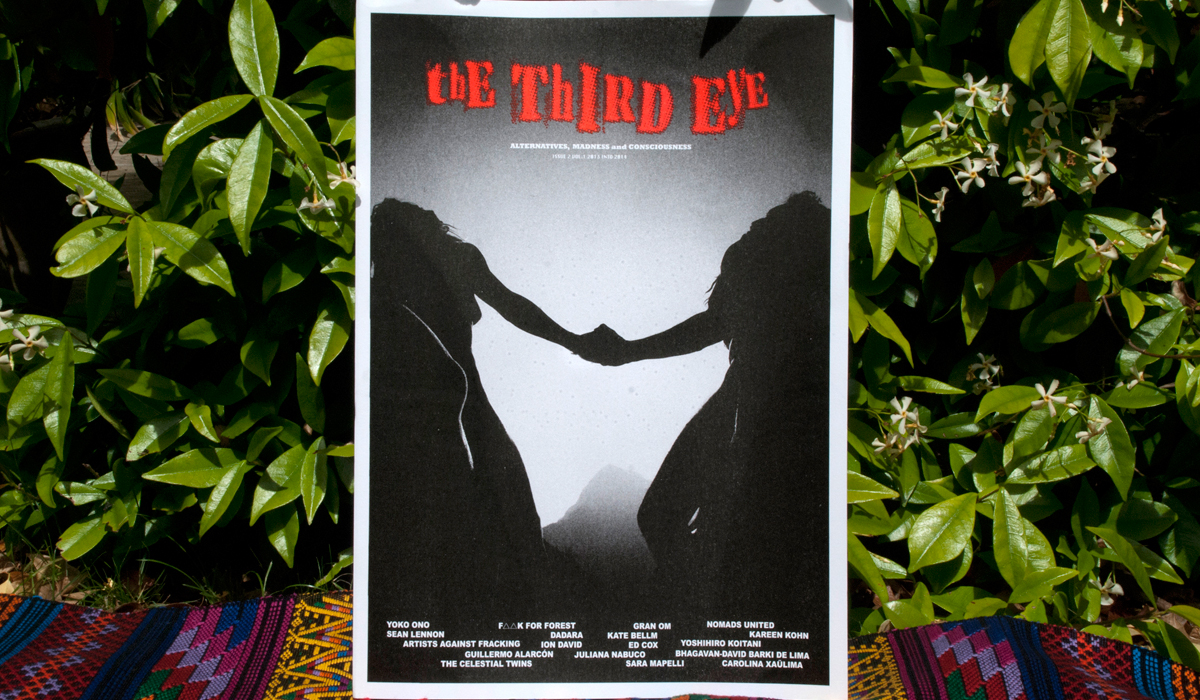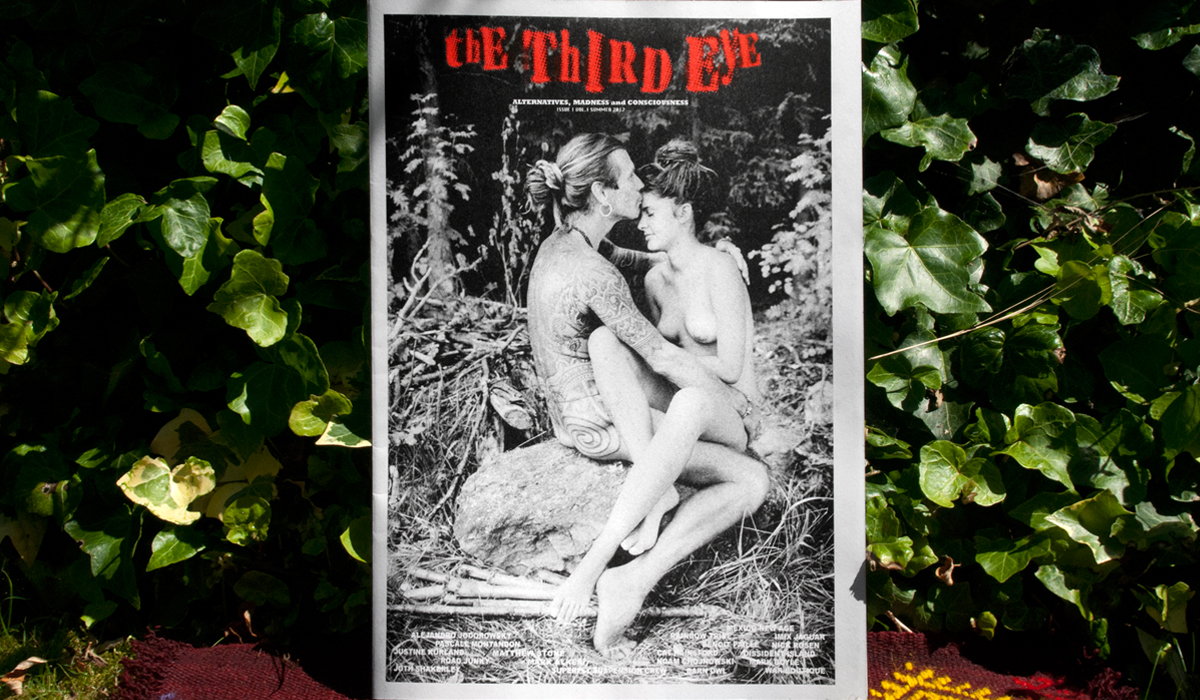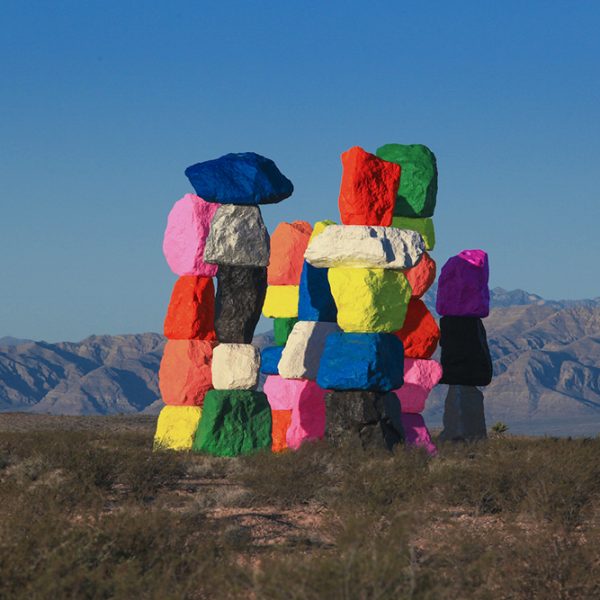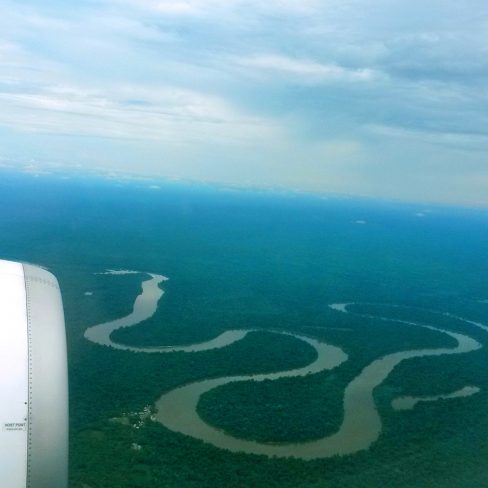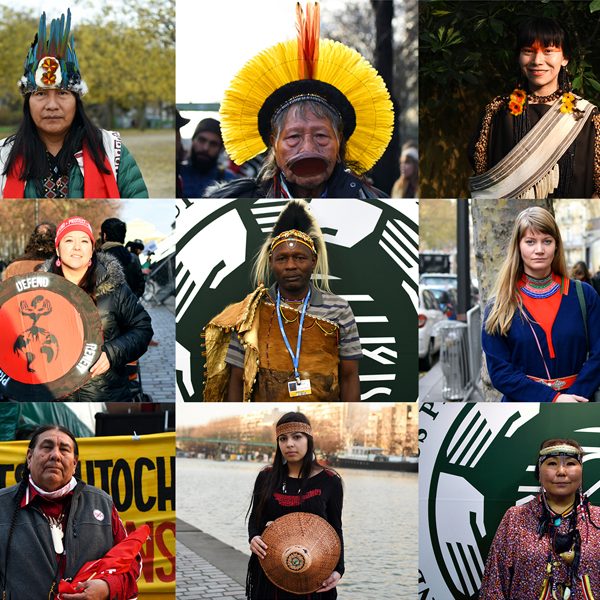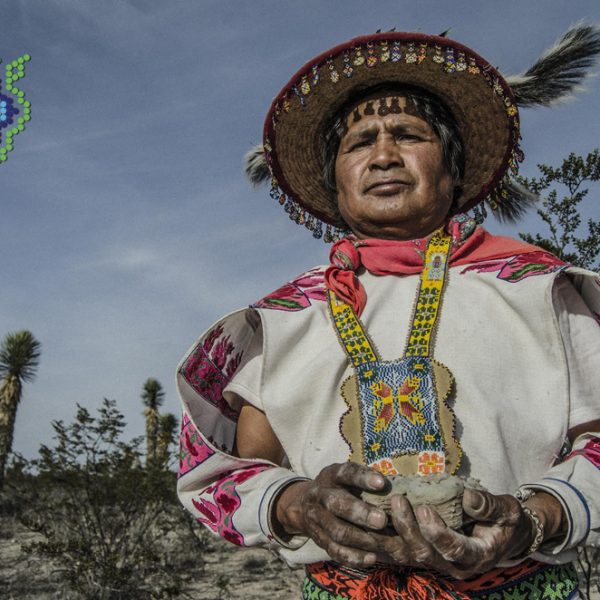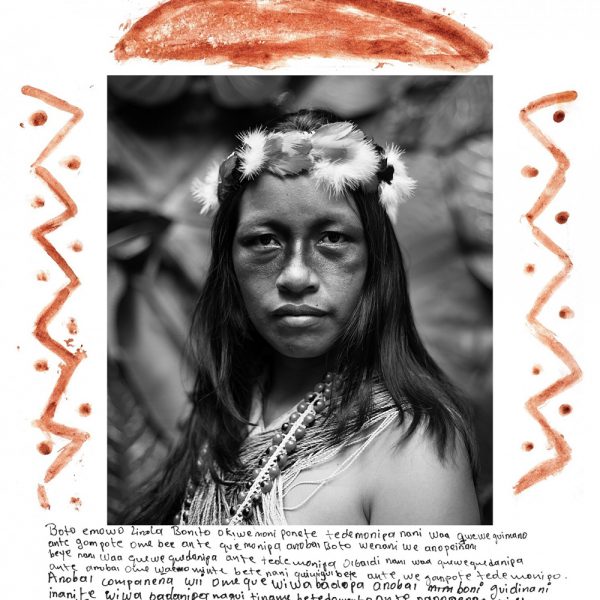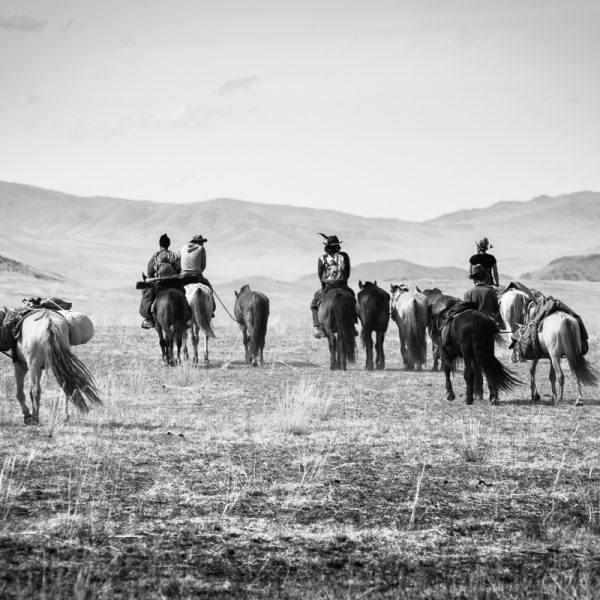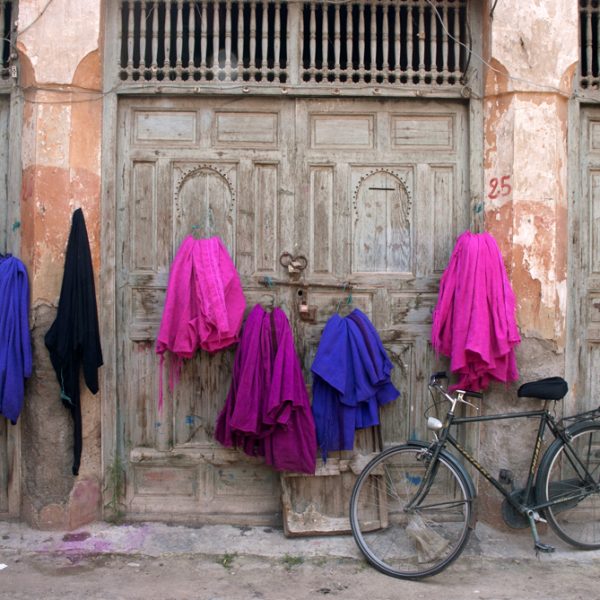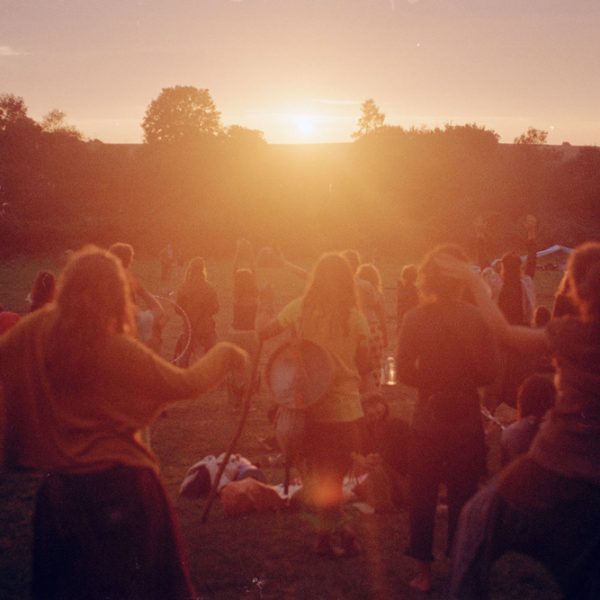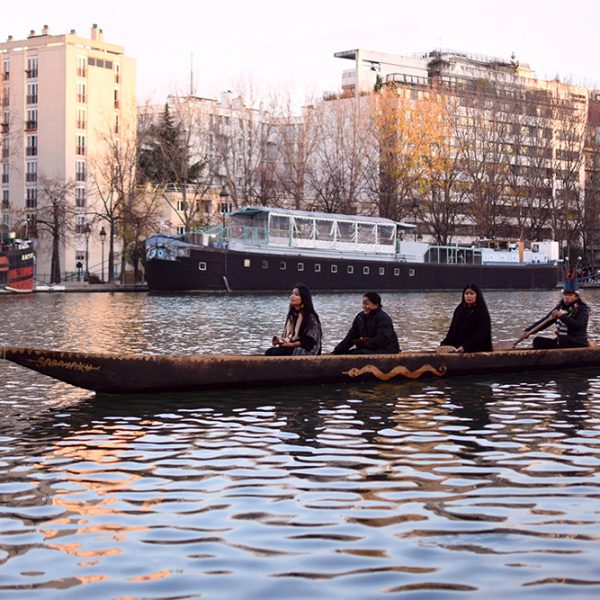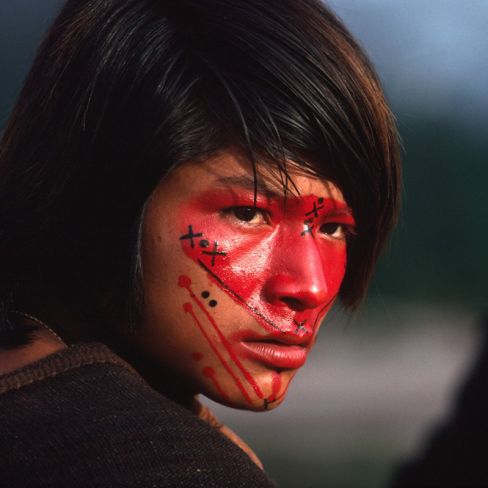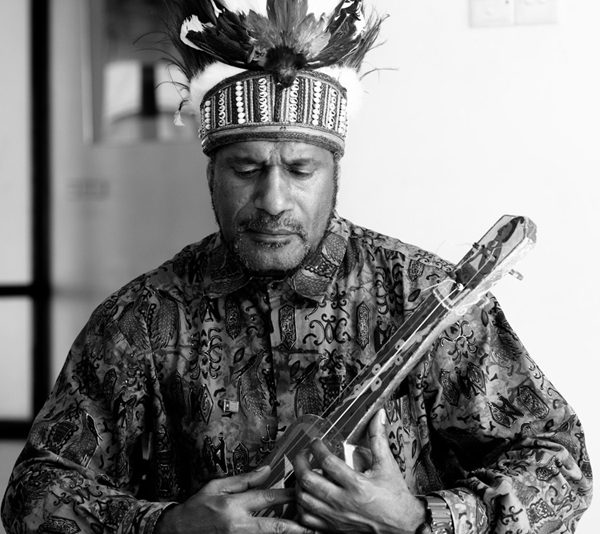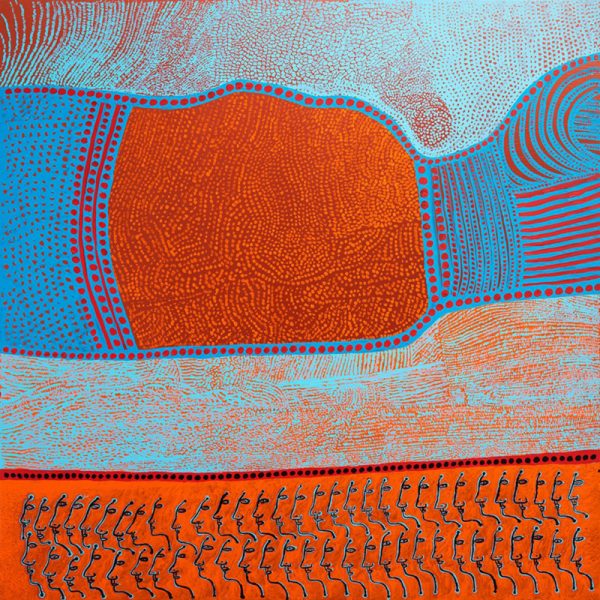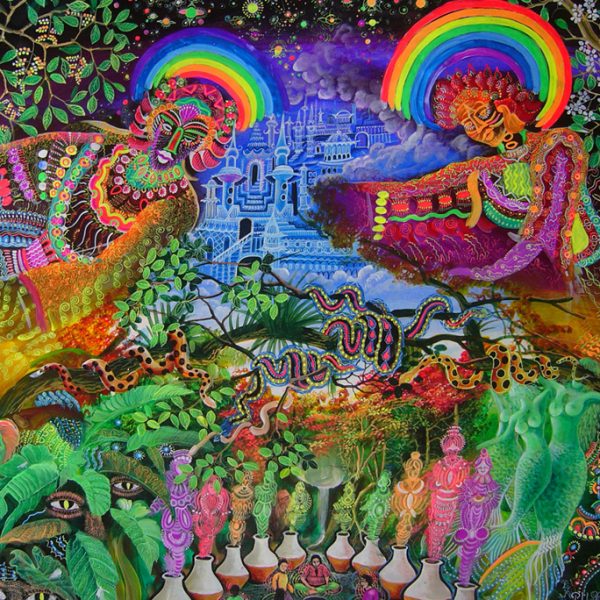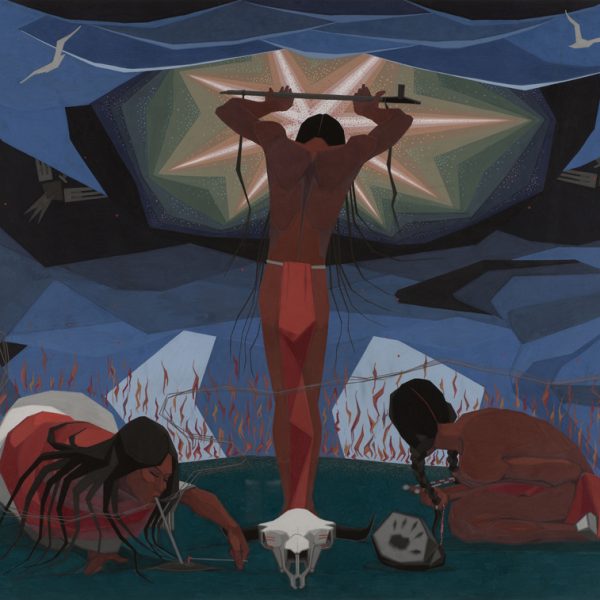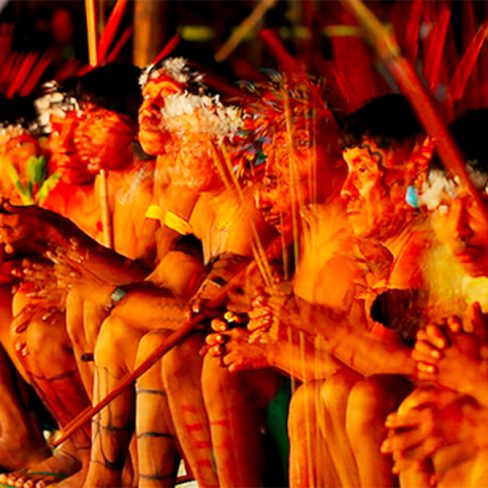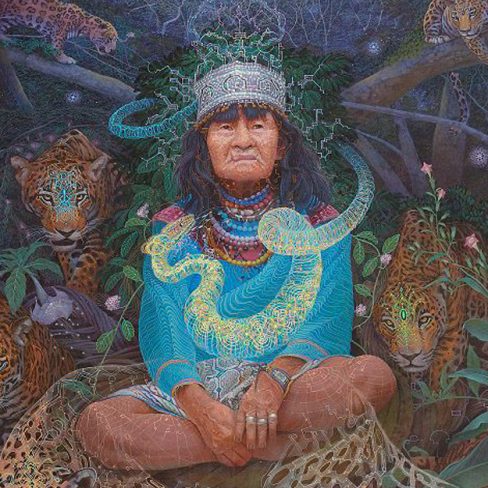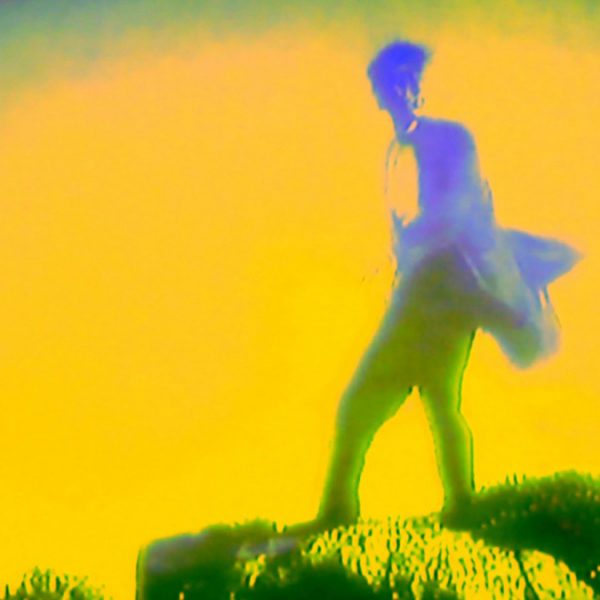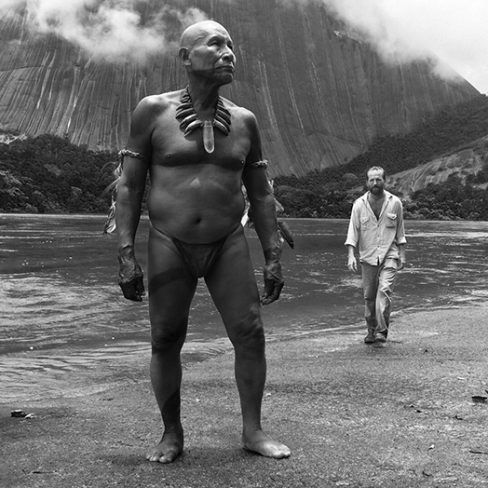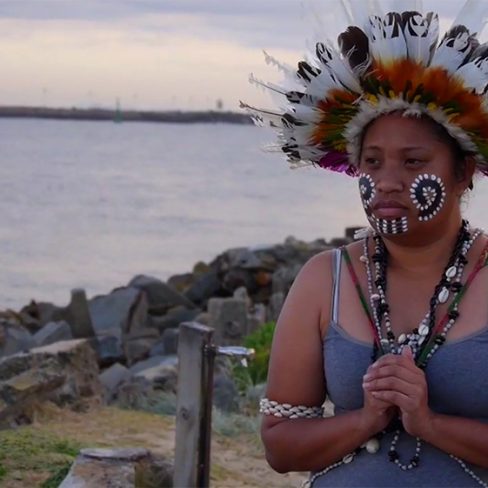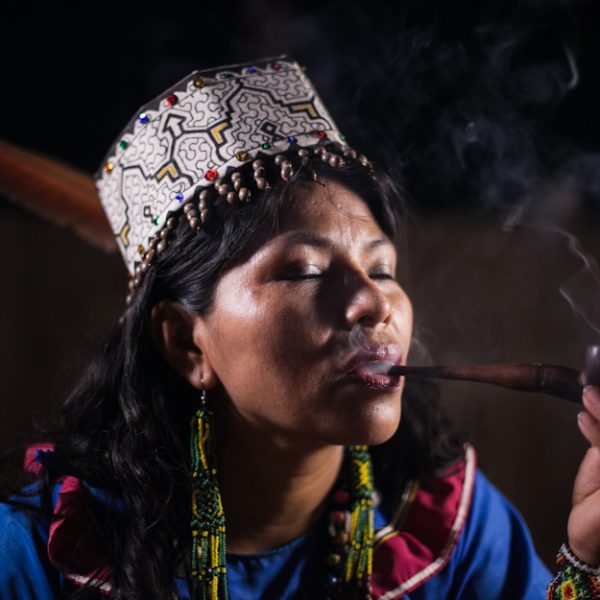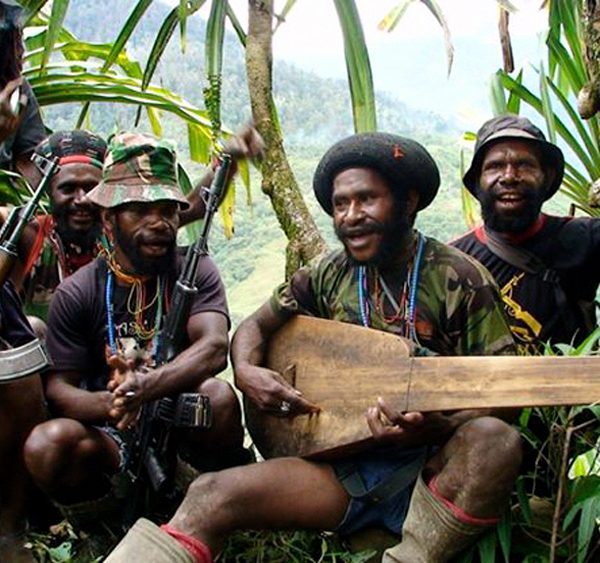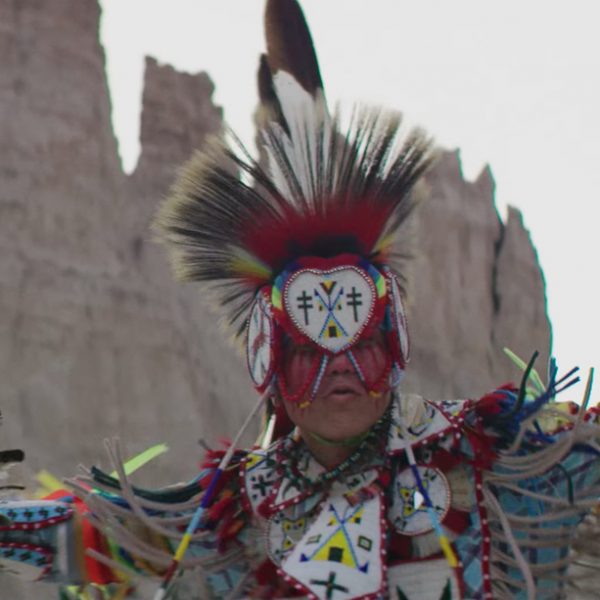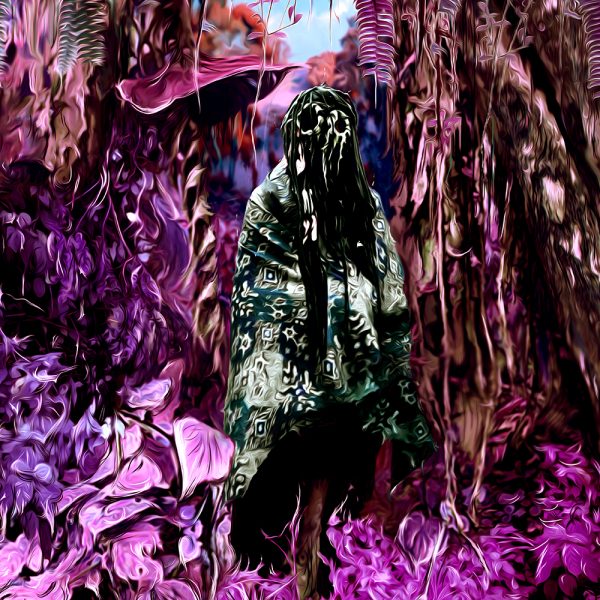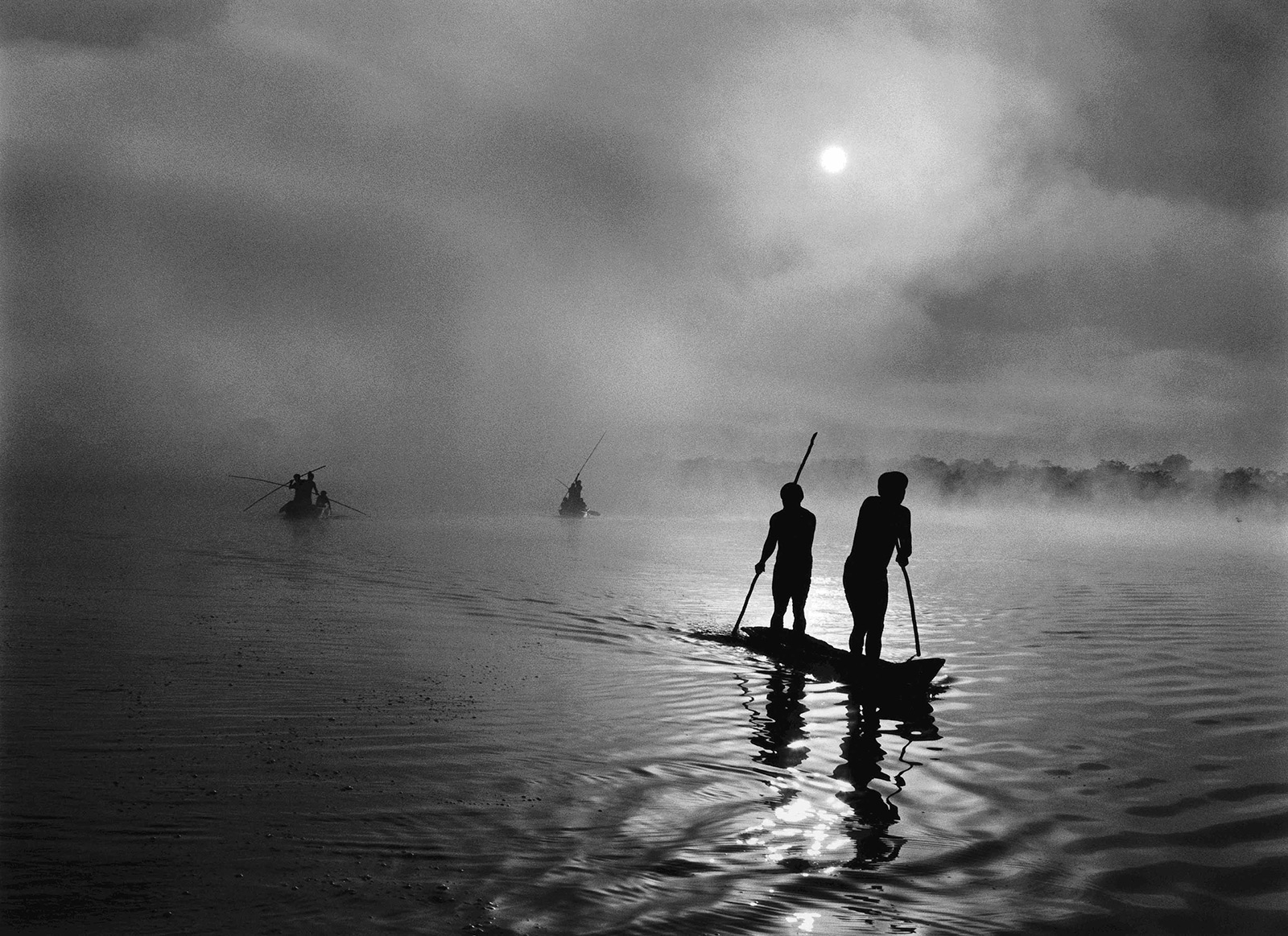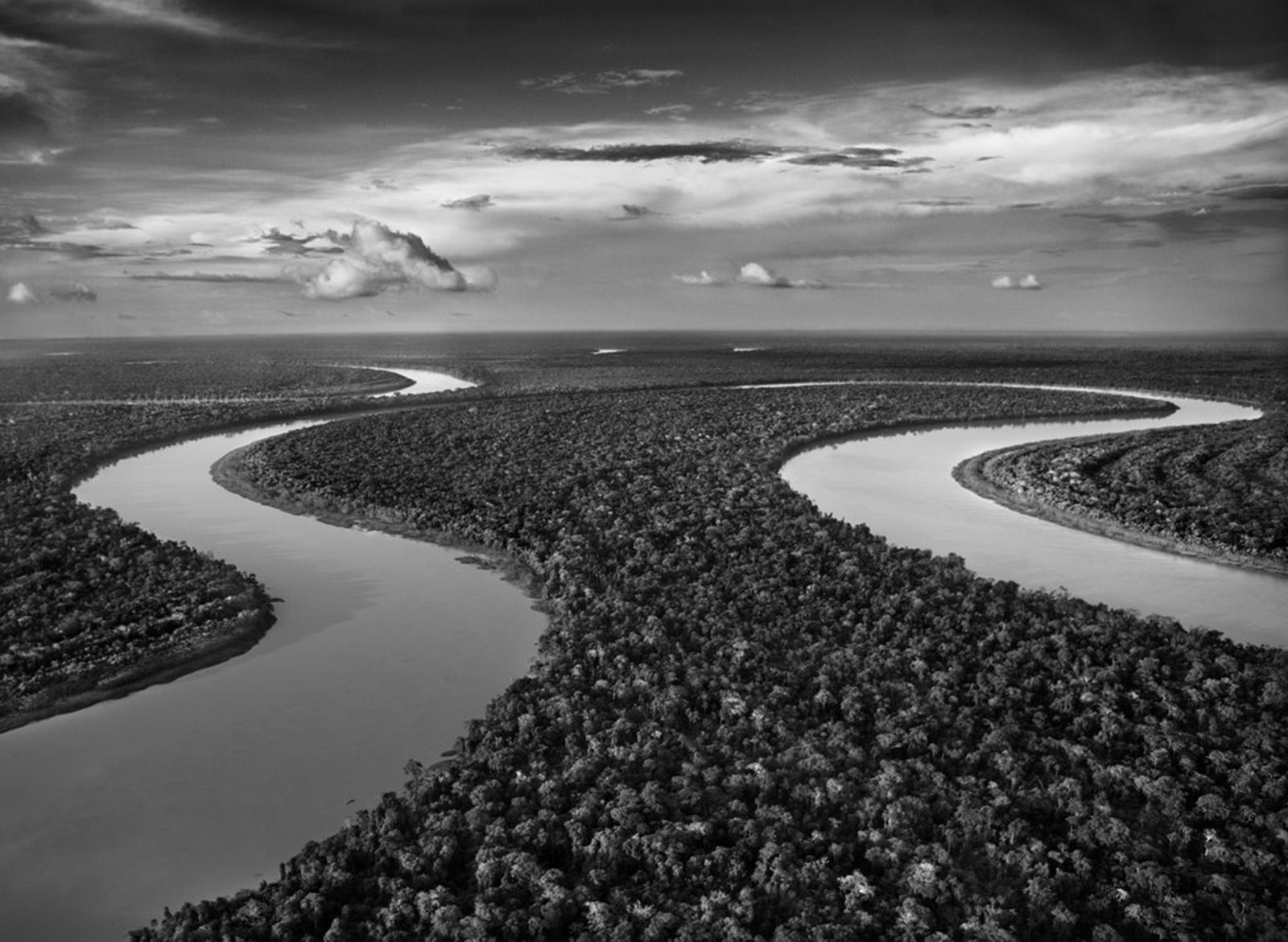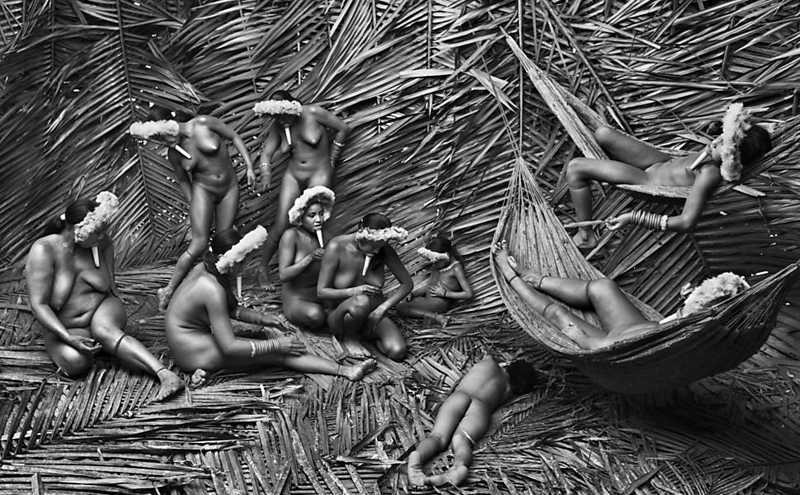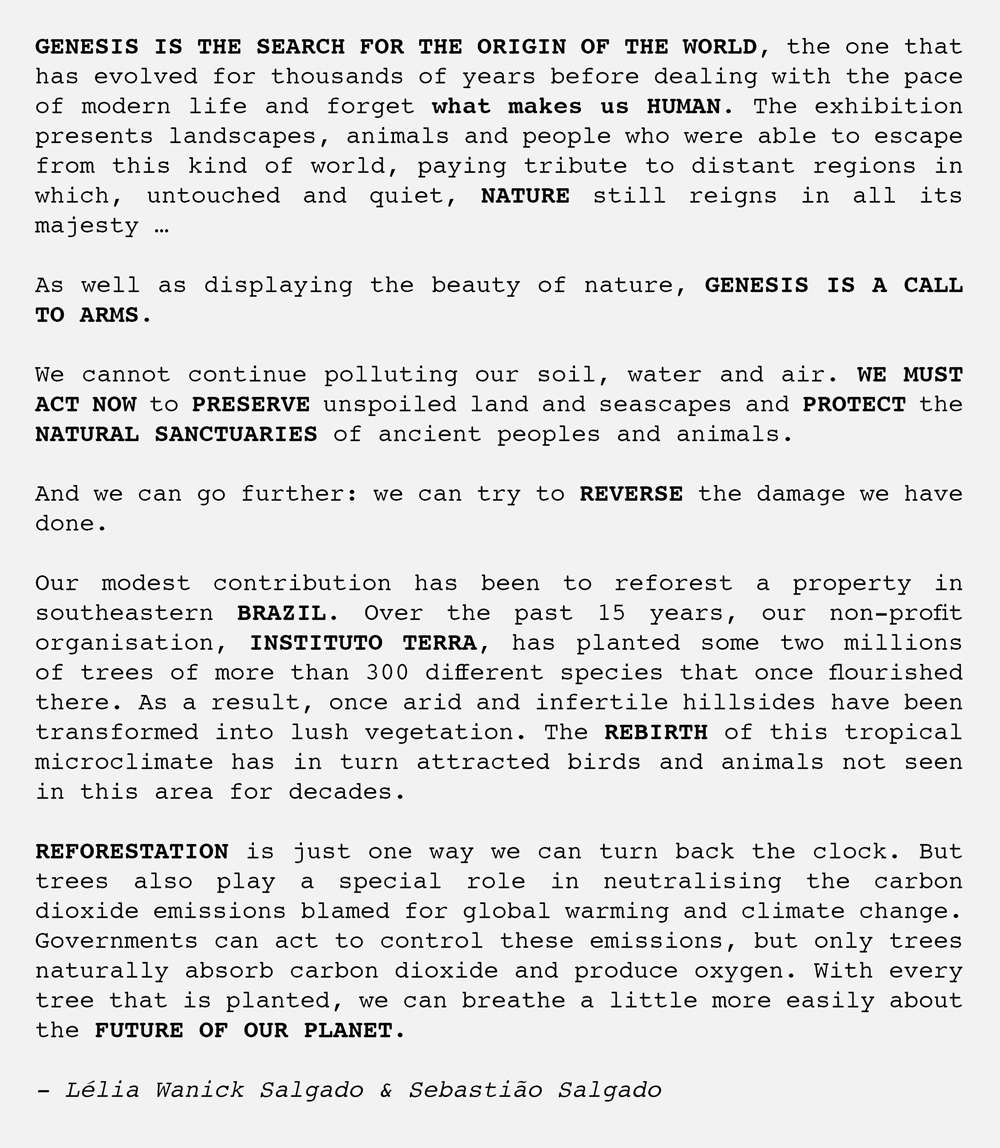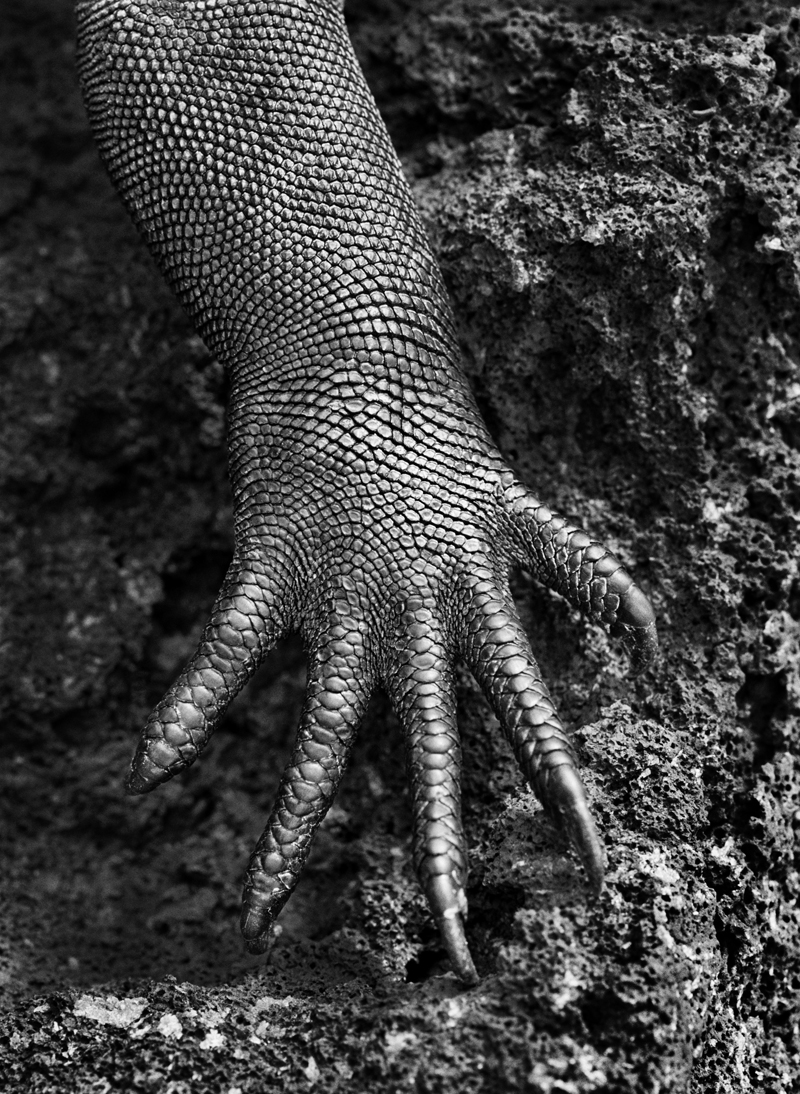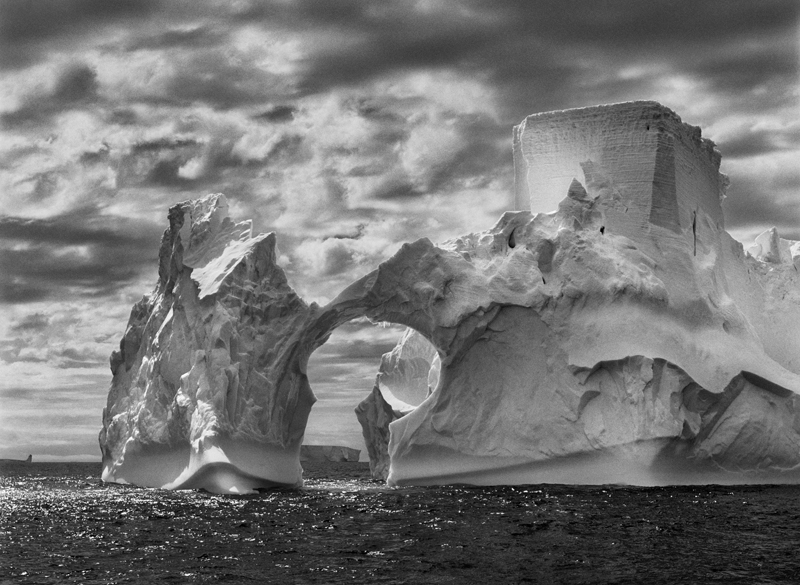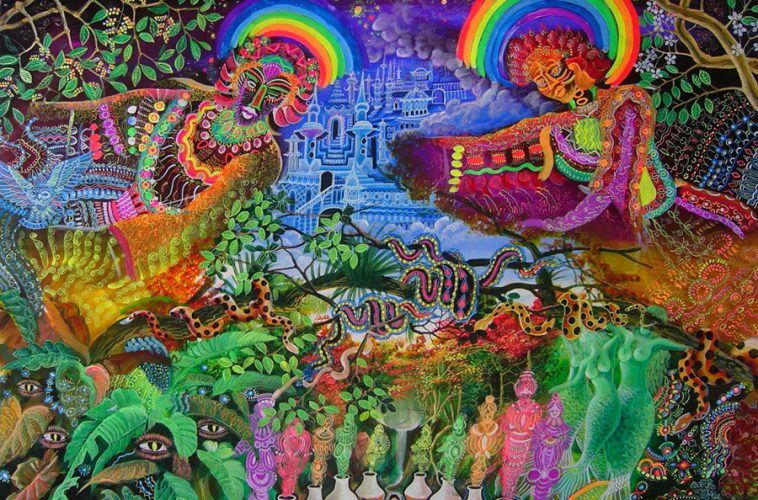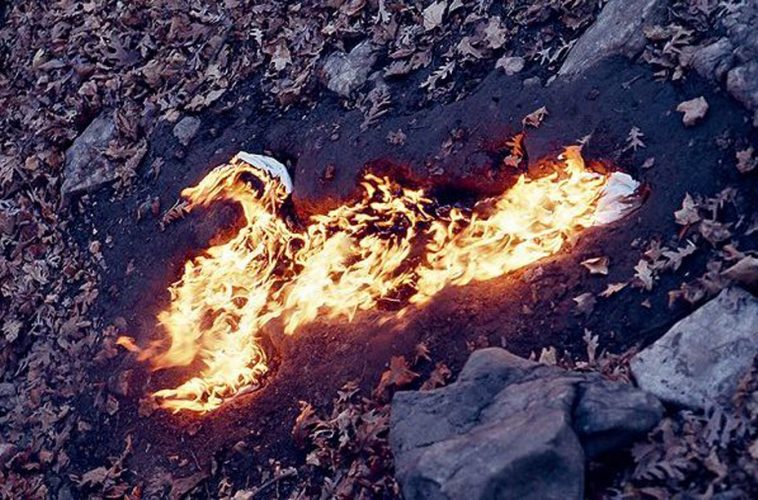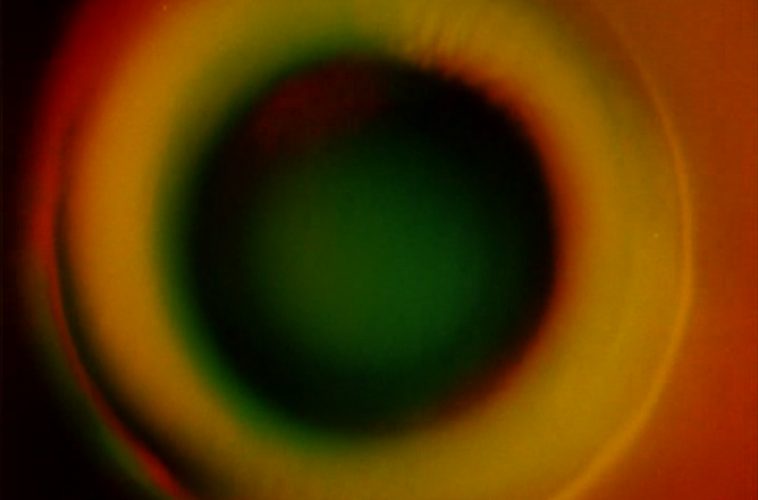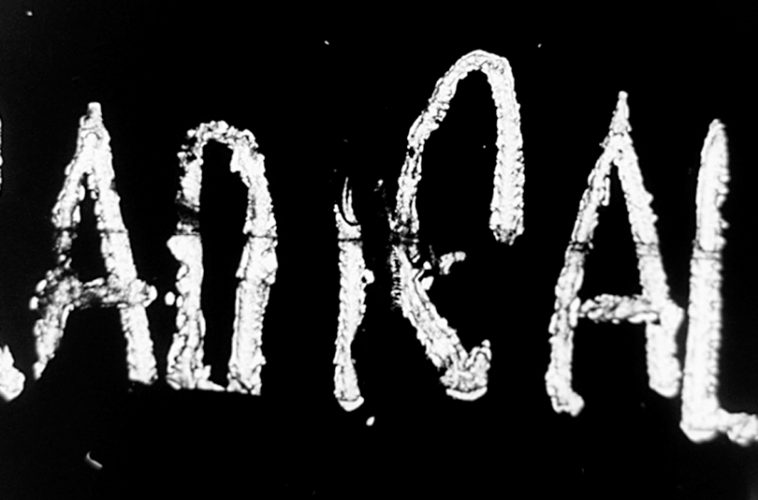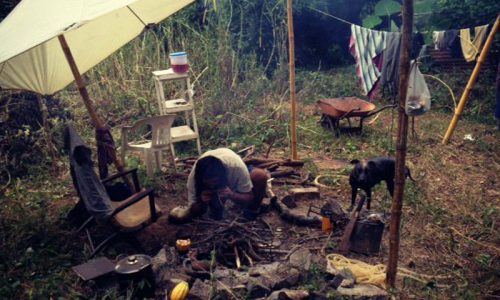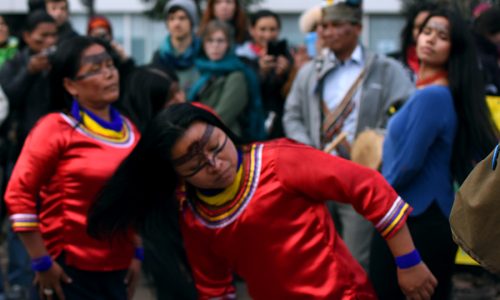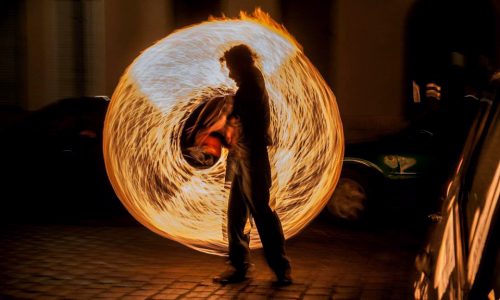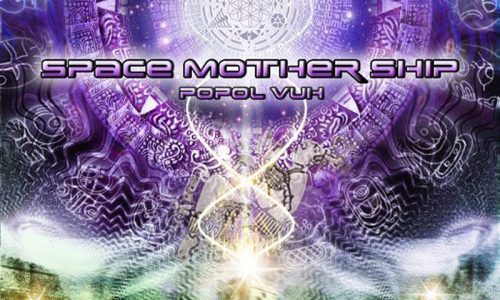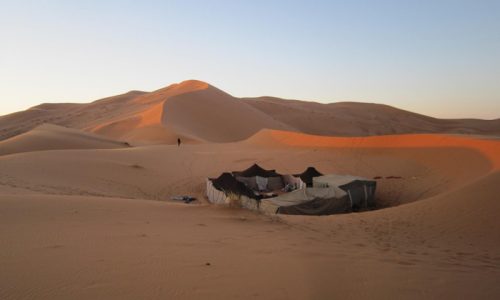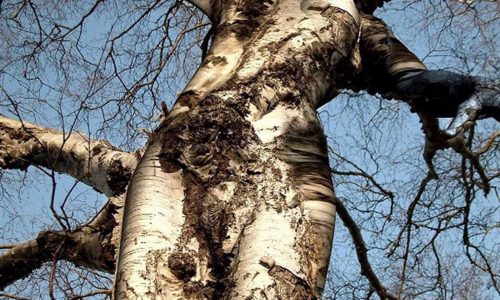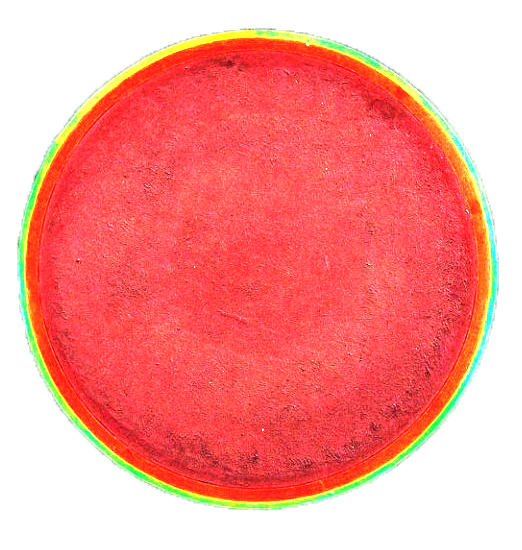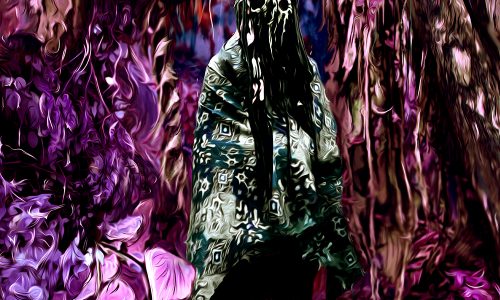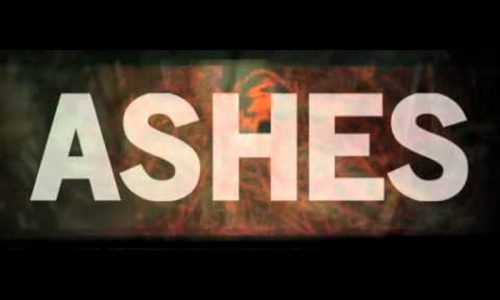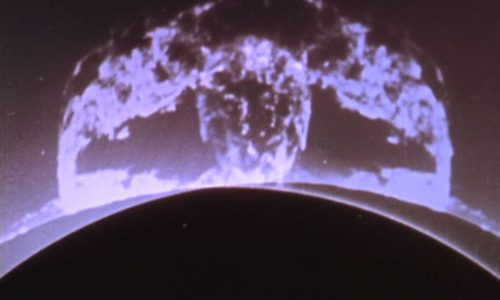GENESIS, Brazilian Photographer Sebastiao Salgado’s “Love Letter To The Planet”
From the Amazon rainforest to the Sahara desert, this epic photographic series reveals the last landscapes and peoples untouched by the imprint of modern society
9 Oct 2014
“In “Genesis,” my camera allowed nature to speak to me. And it was my privilege to listen.”
Taking us from the dense Amazon rainforest to the Sahara desert, GENESIS by major Brazilian photographer SEBASTIÃO SALGADO captures the landscapes, peoples and animals that have escaped the ways of our modern society. “Some 46% of the planet is still as it was in the time of genesis” says Salgado. “We must preserve what exists”. GENESIS is the result of Salgado’s eight-year expedition around the world.
From Brazilian alligators and jaguars, the Mentawai jungle communities on islands west of Sumatra to icebergs of Antarctica, GENESIS reveals the interconnected web of nature and life around the planet, increasingly under threat of destruction and extinction in the name of socio-economical “progress” and “development”. As Sebastiao says, “To build our development, we came to a huge contradiction: that we destroy everything around us.” GENESIS is a message to the world – to join in the global movement to reverse the destructive patterns imprinted by our society; to defend the beauty of that which sustains Life itself – our planet Earth.
Best known for his previous long-term series Workers (1993) documenting the vanishing way of life of manual laborers across the world and Migrations (2000) a tribute to mass migration driven by hunger, natural disasters, environmental degradation and demographic pressure, Salgado’s work speaks of the photographic medium as a powerful agent for change, following on in the footsteps of master photojournalists such as Henri-Cartier Bresson.
New York’s International Centre of Photography is hosting the first U.S. venue of GENESIS curated by Lélia Wanick Salgado, on view until January 15 2015. Click here to find out more.
All Photographs Courtesy © Sebastião Salgado/Amazonas Images-Contact Press Images
Text by Sophie Pinchetti

